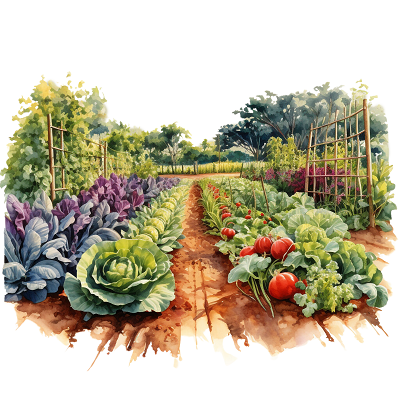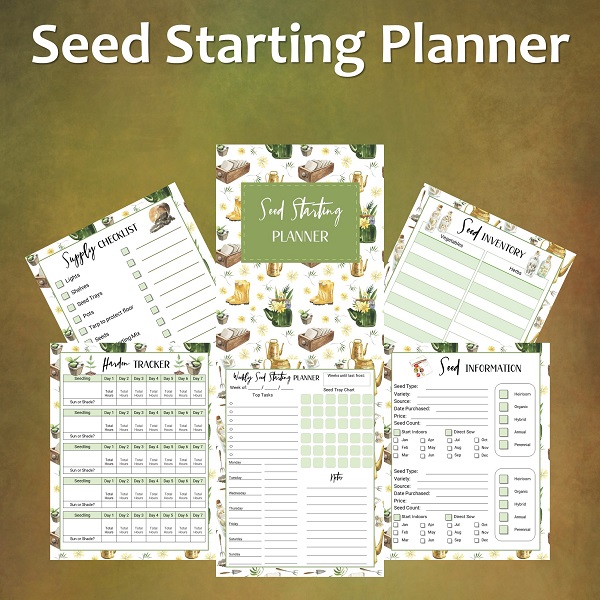 One of the common concerns in gardening is whether to use organic or artificial fertilizers. Of course, many lean towards going organic because of its numerous benefits. Unfortunately, the majority still choose artificial fertilizers. The reason is quite simple — organic is laborious and has a slower effect on plants. Meanwhile, artificial fertilizers are easy to use and produce quick results.
One of the common concerns in gardening is whether to use organic or artificial fertilizers. Of course, many lean towards going organic because of its numerous benefits. Unfortunately, the majority still choose artificial fertilizers. The reason is quite simple — organic is laborious and has a slower effect on plants. Meanwhile, artificial fertilizers are easy to use and produce quick results.
Is picking artificial over organic worth it? In order to have a clearer picture of their distinctions, defining these terms is a wise thing to think about.
Organic vs. Artificial
Newbie gardeners argue about this more than any other subject. A point can be made that debates happen because they are confused of what ‘organic’ and ‘artificial’ actually mean.
A good working definition of an organic fertilizer is that they are derived from organisms which once lived. There are exceptions to the rule, for example rock phosphate, which are dug from holes in the ground. Every other fertilizer outside this category can be considered artificial. The straight chemical compounds, such as ammonium sulphate, generally come from chemical factories.
Both organic and artificial fertilizers, more or less, have these three main plant nutrients – nitrogen, phosphorous, and potassium. Fertilizers differ from each other. Some have high micronutrients, some have higher nitrogen and so on. That’s why the fertilizer you use will always depend on what kind of plant you are growing. Before choosing a fertilizer, it is wise to know what your plants really need first.
The Six Essential Fertilizers
Garden centers offer a bewildering range of fertilizers – some balanced, some providing high rates of particular nutrients, some designed for specific seasons, with or without weed killers, pesticides, and fungicides. In a perfect garden, all can have a place. But most gardeners can do perfectly well with just six. Here are 6 fertilizers experts suggest you use in a home garden.
Granular general fertilizers – a granular formulation of a balanced general fertilizer, such as Growmore, which contains 7 percent each of nitrogen, phosphorous and potassium. Gardeners who prefer to use organic fertilizers should go for blood, fish, and bone meal instead. Use either fertilizers before planting and sowing.
Liquid general fertilizers – a balanced liquid fertilizer for general feeding during the growing season.
Liquid tomato fertilizer – a liquid tomato fertilizer containing a high proportion of potash for swift results on flowering and fruiting plants as well as on tomatoes.
Spring lawn feed – a lawn fertilizer for spring and summer use that contains a high proportion of nitrogen. It can also be used to encourage leafy growth on shrubs and fruit trees in spring.
Autumn lawn feed – a lawn fertilizer for autumn use containing a low proportion of nitrogen. The same fertilizers can also be used as a pre-seeding or pre-turfing dressing for new lawns.
Bone meal – sterilized bone meal is a great source of phosphorous to aid root development. Mix it into the soil when planting out herbaceous perennials, shrubs, roses, bulbs, climbers, and trees.



